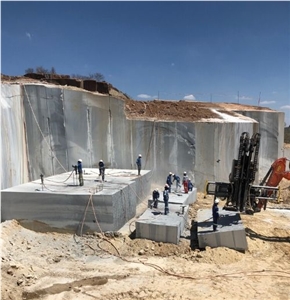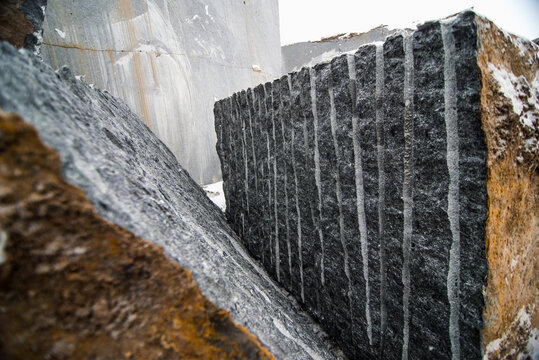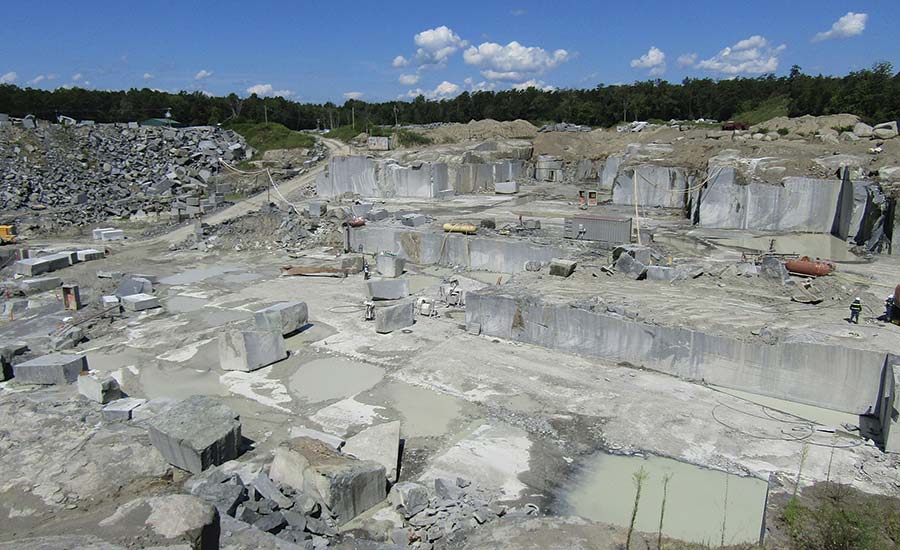Discovering Granite Quarries in South Africa: A Comprehensive Guide
Discovering Granite Quarries in South Africa: A Comprehensive Guide
Blog Article
Introducing the Mysteries of Granite Quarrying: Where Toughness and Beauty Meet
The globe of granite quarrying is a world where the raw stamina of nature merges with human virtuosity to create structures that stand the test of time with an air of sophistication. From the midsts of quarries to the meticulous polishing in workshops, the process of transforming granite into building wonders is a complex dance of tradition and development. As we peer into the midsts of this old craft, we start to reveal the hidden complexities that shape the extremely significance of our constructed environment.
The Origins of Granite Quarrying
In the annals of architectural history, the origins of granite quarrying are shrouded in a tapestry of ancient craftsmanship and geological marvels. Dating back to ancient Egypt and Mesopotamia, the extraction of granite from quarries marked the beginning of a journey that would ultimately cause the production of several of the globe's most legendary frameworks.
Granite quarrying's origins can be mapped to the experienced artisans who recognized the stone's resilience and aesthetic charm. With a combination of primitive tools and sheer determination, these early quarry employees unearthed granite blocks that would become the building blocks of civilizations.
As human beings advanced, so did the strategies of quarrying granite. The Romans, renowned for their design expertise, established sophisticated methods for extracting granite to create monoliths, temples, and roads that stood the examination of time.
The legacy of these ancient quarrying practices remains to shape contemporary style, with granite continuing to be a symbol of strength and elegance in building and construction projects around the globe. (granite quarries in south africa)
Devices of the Quarrying Trade
The advancement of granite quarrying methods from ancient civilizations to modern-day times highlights the vital role played by the devices of the quarrying profession in forming the industry's methods. In old times, quarrying tools were basic, often including chisels, hammers, and wedges made from products like bronze or iron. These tools needed significant workforce and time to extract granite obstructs from quarries.

Additionally, the intro of pneumatically-driven devices and high-powered equipment has actually dramatically lowered the physical labor called for in quarrying procedures, improving employee security and efficiency. As the quarrying market proceeds to innovate, the tools of the trade remain at the forefront of driving progress and forming the future of granite removal.
Removing Blocks of Granite
Using precision machinery and advanced techniques, the removal of granite obstructs from quarries has become a sophisticated procedure in the contemporary quarrying industry. The initial action includes identifying the location and dimension of the granite down payment to figure out the most reliable removal method. As soon as an ideal site is picked, the removal process begins with the exploration of openings for the placement of nitroglycerins. Managed blasting strategies are then used to disintegrate the granite into convenient sections.

Sprucing Up and Finishing Strategies
To attain a flawless surface on granite blocks, skilled artisans use a series of precise sprucing up and completing techniques. After the first removal and shaping processes, the granite obstructs undertake an extensive sprucing up phase to enhance their all-natural elegance and resilience.
Along with sprucing visit this site right here up, finishing techniques are related to more improve the granite's appearance. These techniques may consist of flaming, sharpening, or cleaning, each offering a fantastic read unique textures and surfaces to fit various visual choices. Flaming, for example, involves exposing the granite surface to high temperatures to produce a rough, textured surface, suitable for outside applications where slip-resistance is crucial. Honing, on the other hand, offers a matte surface that is smooth to the touch, best for interior counter tops and floor covering. By very carefully picking and using these brightening and completing methods, artisans can transform raw granite blocks into splendid pieces that showcase both toughness and style.

Environmental Effect and Sustainability
With the expanding emphasis on ecological consciousness in the market, granite quarrying techniques are progressively looked at for their impact on natural deposits and long-term sustainability. Quarrying for granite can have considerable ecological implications. The removal procedure frequently entails using heavy equipment, nitroglycerins, and large amounts of water, causing environment destruction, soil disintegration, and water air pollution. Additionally, the transportation of granite from quarries to processing centers creates carbon exhausts, further contributing a fantastic read to ecological destruction. granite quarries in south africa.
To minimize these influences and make certain sustainability in granite quarrying, industry stakeholders are adopting numerous measures. Implementing advanced technologies to reduce energy consumption and water usage, reclaiming quarried land for ecological restoration, and advertising liable sourcing techniques are some approaches being used. Moreover, accreditations such as the Forest Stewardship Council (FSC) and the Leadership in Energy and Environmental Layout (LEED) aid customers determine eco-friendly granite items.
Conclusion
To conclude, granite quarrying is a procedure that needs specialized tools and methods to remove blocks of granite and polish them to a high level of coating. While the environmental effect of quarrying can be significant, initiatives are being made to boost sustainability methods in the industry. On the whole, granite quarrying is a delicate equilibrium between taking advantage of the strength and style of this natural stone while lessening its influence on the setting.
Report this page